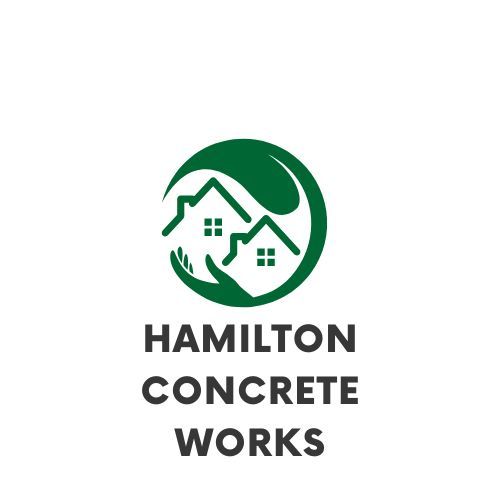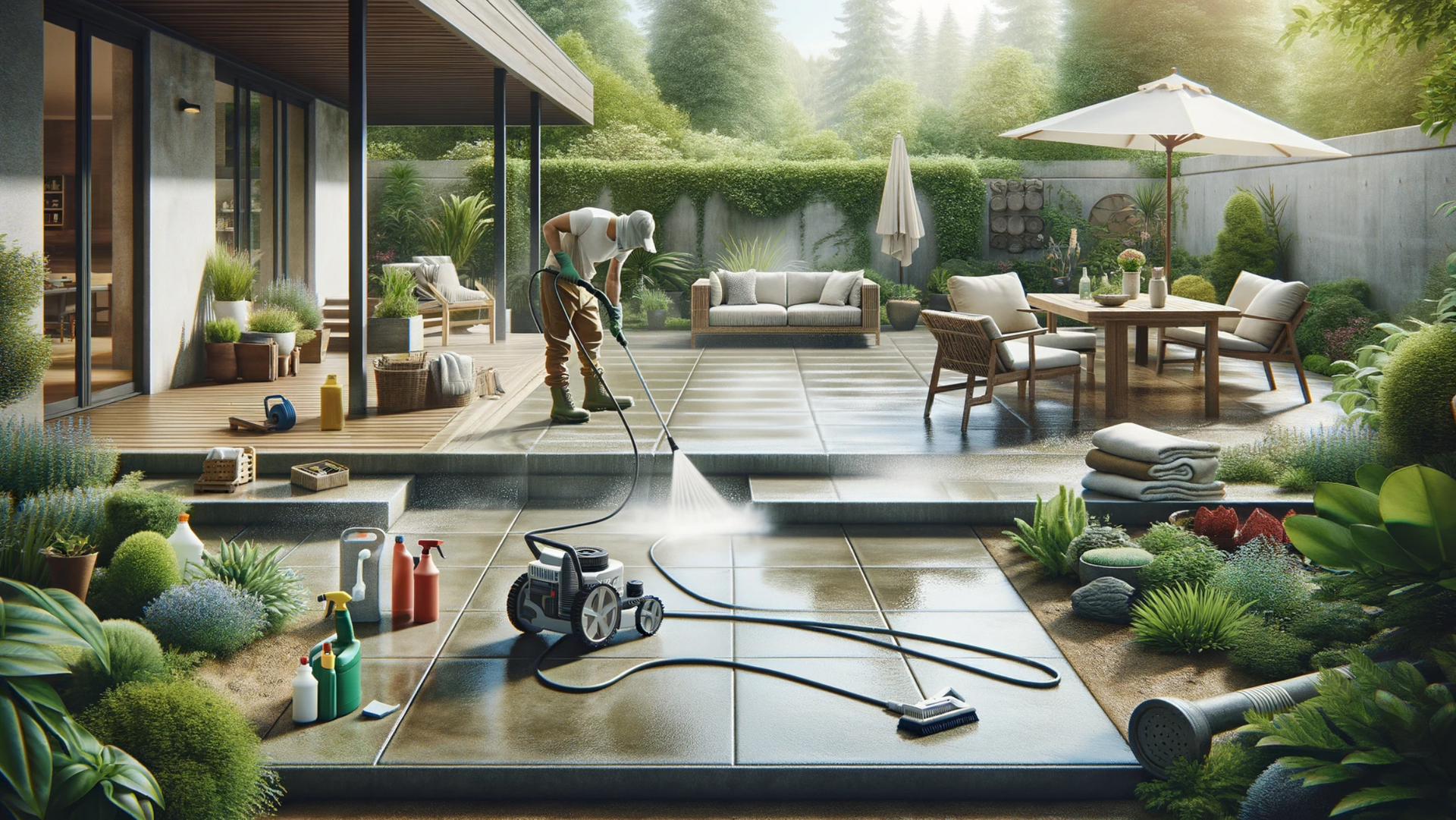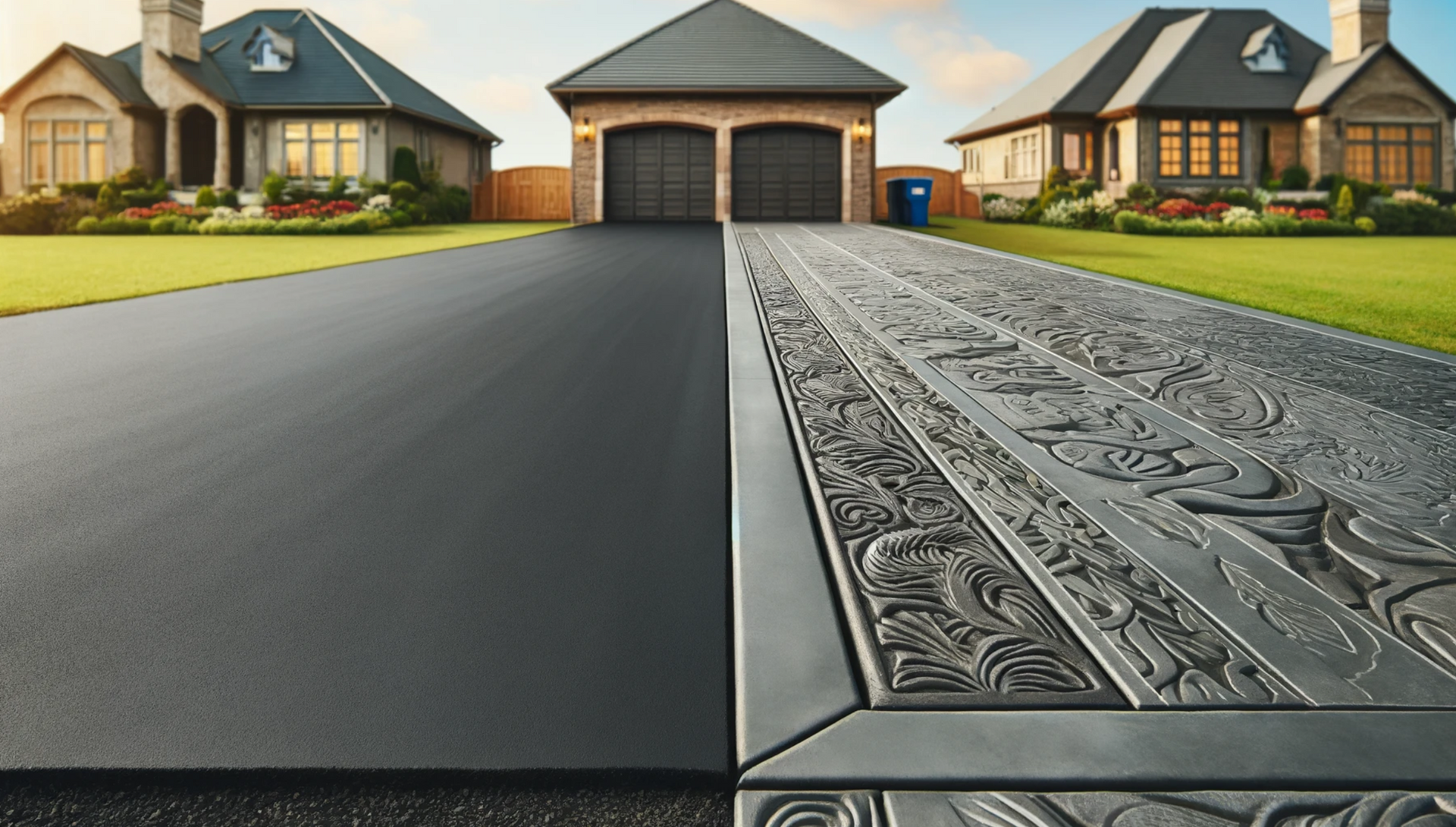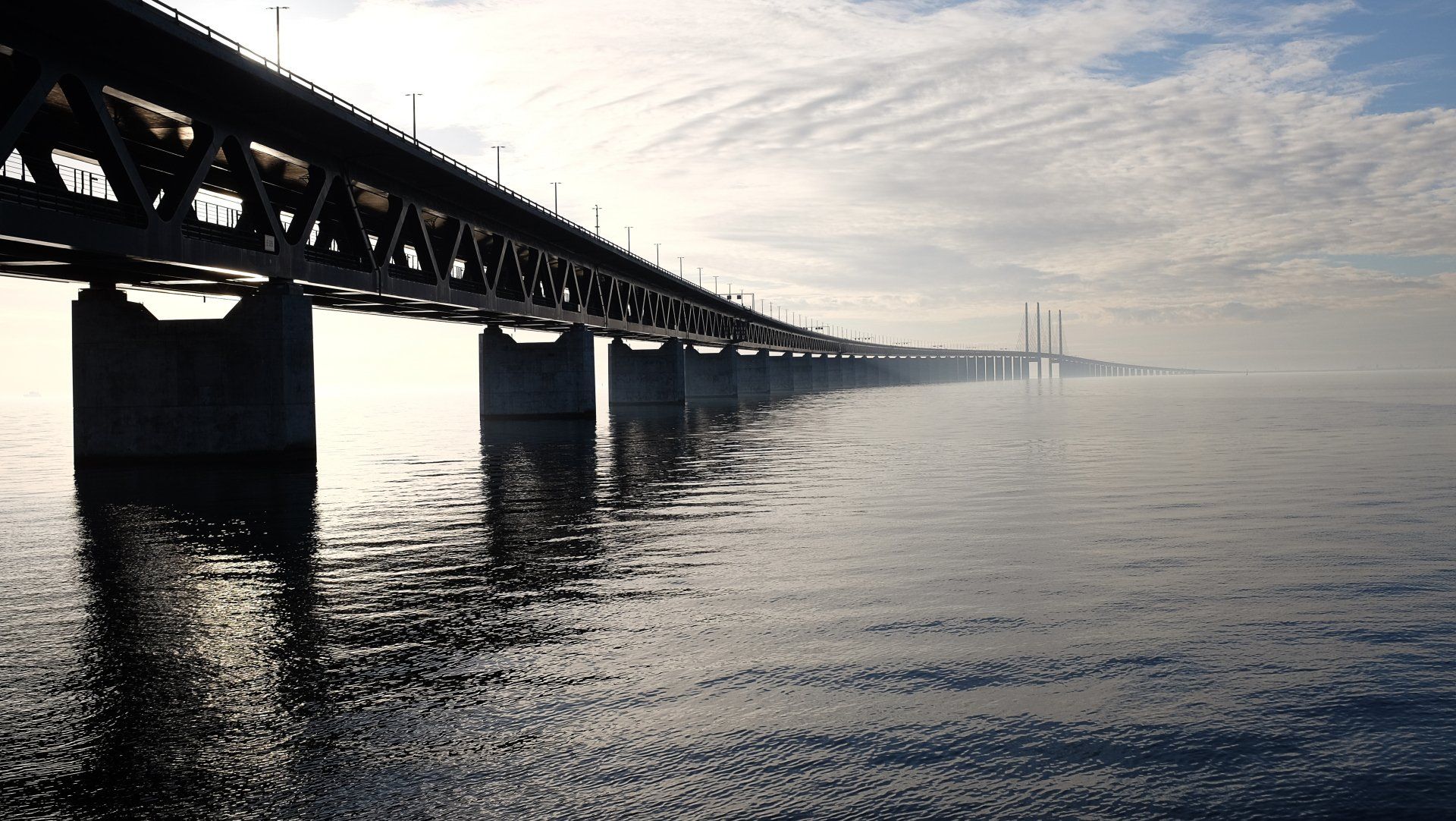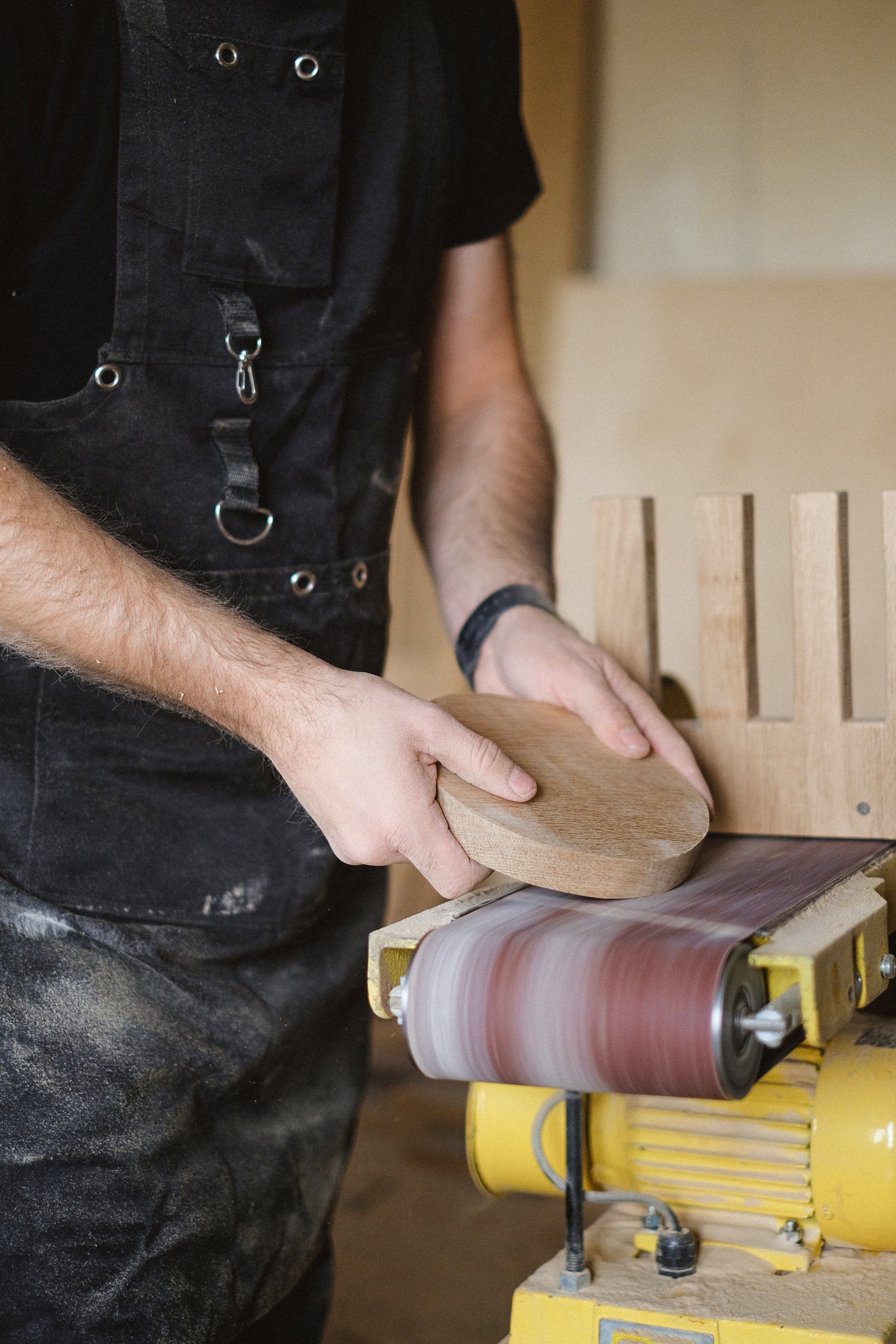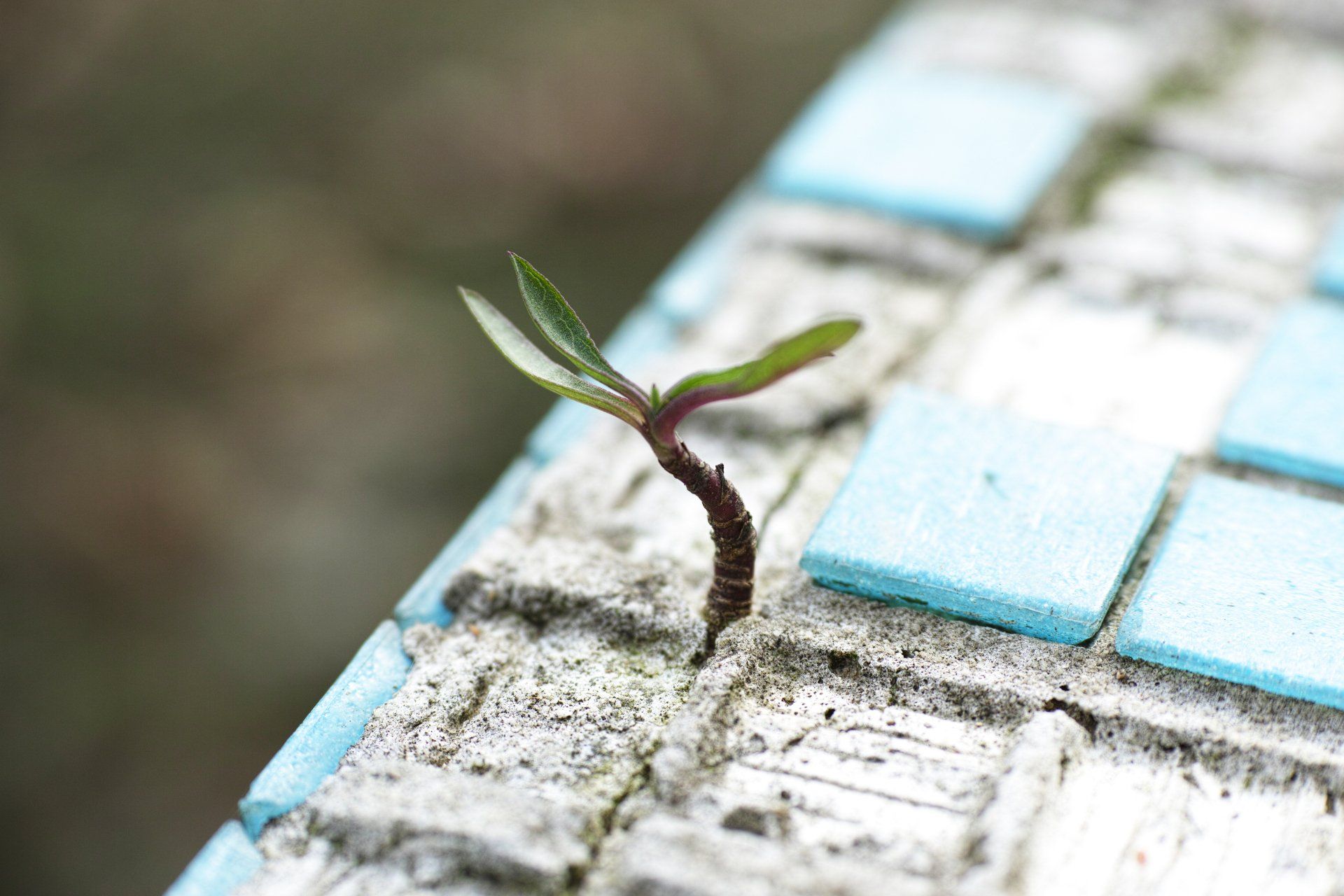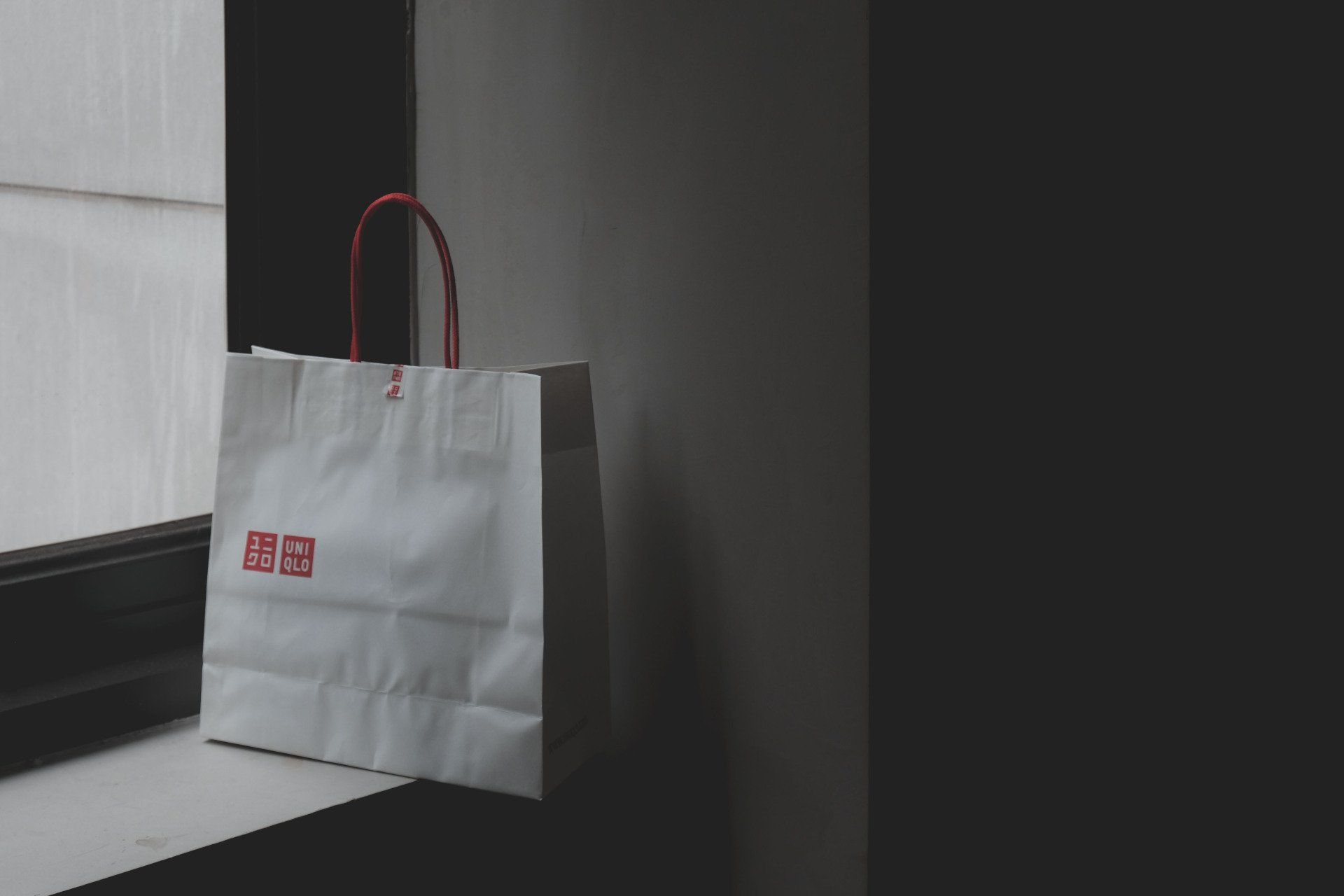Everything Driveway: Concrete and Maintenance
Welcome to the concrete blog. Learn about what types of concrete are used and how to maintain your driveway for years to come.
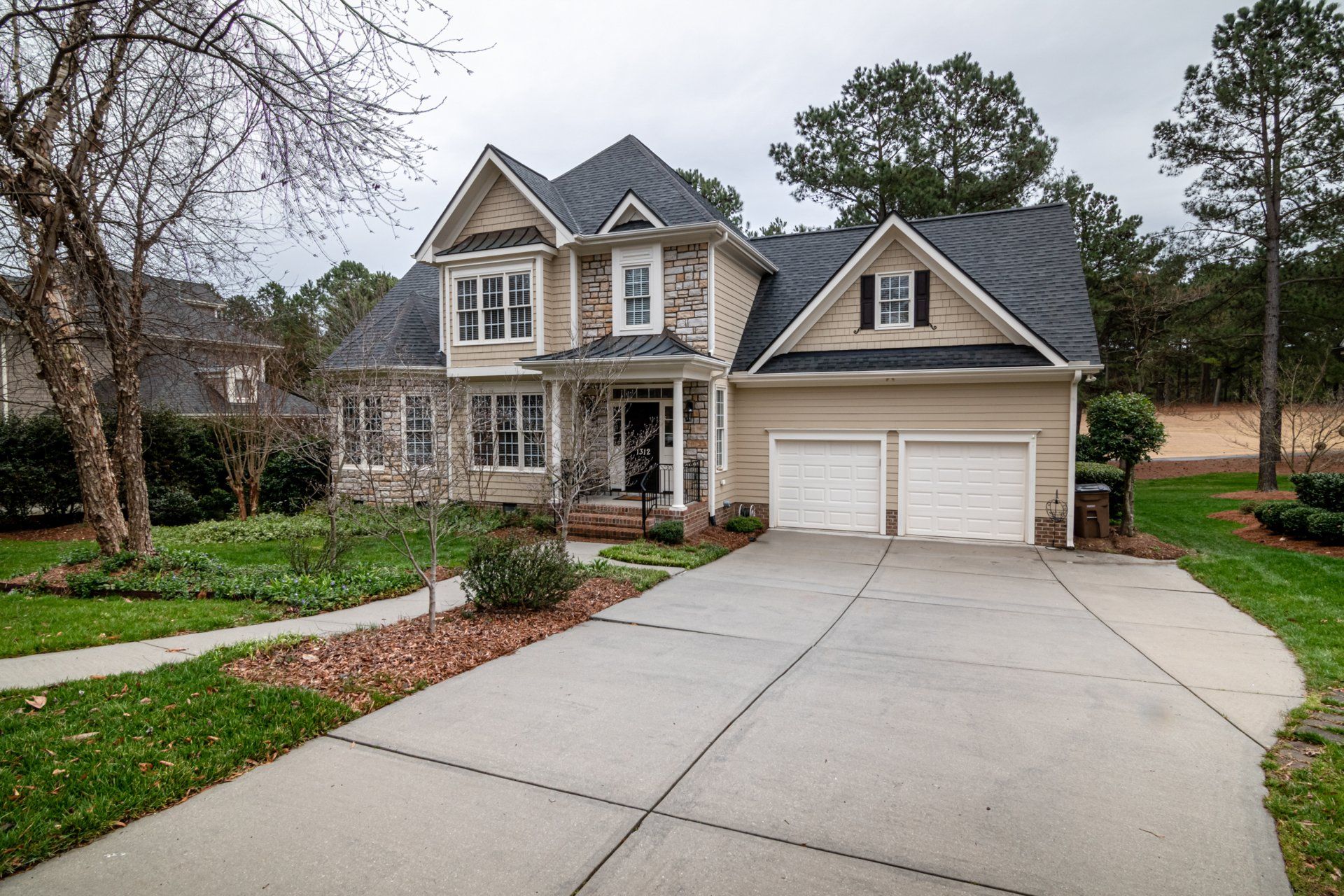
There are three main types of concrete for driveways: plain concrete, stamped concrete, and exposed aggregate concrete. Plain concrete is the most common type, and it's just smooth and plain. Stamped concrete is textured to look like other materials, such as brick or stone. Exposed aggregate concrete has a decorative surface with small stones or pebbles exposed on the surface.
Standard Concrete: This is the most basic type of concrete used for driveways. It is made up of cement, water, and aggregates (usually sand and gravel). It is a good choice for areas with moderate climates and low traffic.
- Pros:
- Affordable
- Durable and long-lasting
- Low maintenance
- Cons:
- Prone to cracking
- Limited aesthetic options
Stamped Concrete: Stamped concrete can be a great choice for homeowners who want a unique and decorative look for their driveway. This type of concrete is poured and then stamped with a pattern to create a specific look. It can be made to look like stone, brick, or other materials.
- Pros:
- Wide range of design options
- Durable and long-lasting
- Low maintenance
- Cons:
- Can be more expensive than plain concrete
- Can be slippery when wet
- Requires periodic resealing
Colored Concrete: This type of concrete can be used to create a more customized look for your driveway. It is made by adding a pigment to the concrete mix, which can create a variety of colors.
- Pros:
- Wide range of color options
- Durable and long-lasting
- Low maintenance
- Cons:
- Can be more expensive than plain concrete
- Requires an experienced company for installation
- Color may fade over time.
Exposed Aggregate Concrete: Exposed aggregate concrete is made by exposing the aggregate (usually gravel) in the concrete mix. This creates a textured surface that can be visually appealing and provide good traction.
- Pros:
- Attractive and unique appearance
- Slip-resistant surface
- Low maintenance
- Cons:
- Can be more expensive than plain concrete
- Difficult to repair if cracks occur
- Rough surface may be uncomfortable for barefoot walking
Decorative Overlay Concrete: is a concrete resurfacing technique that involves applying a thin layer of a decorative concrete mixture over an existing concrete surface. The overlay can be customized with various colors, textures, and patterns to give the surface a new and unique appearance, making it a popular choice for both residential and commercial applications.
- Pros:
- Wide range of design options
- Can be applied to existing concrete
- Durable and long-lasting
- Cons:
- Can be more expensive than other options
- Requires a skilled contractor for installation
- May fade over time
To install a concrete driveway, first, the ground must be leveled and compacted. Then, forms are set up along the sides of the driveway to contain the concrete. Reinforcement, such as steel rebar or wire mesh, may be added to improve the strength of the concrete. After that, the concrete is poured into the forms and allowed to cure or dry.
- Excavation: The area where the driveway will be installed is excavated to create a level base.
- Sub-base: A layer of gravel or crushed stone is added to the base to provide drainage and stability.
- Forms: Wooden or metal forms are used to create the shape of the driveway.
- Reinforcement: Steel reinforcement is added to the concrete to increase its strength.
- Pouring: The concrete is poured into the forms and spread evenly.
- Finishing: The surface is smoothed and leveled using special tools.
- Curing: The concrete is left to cure and harden for several days.
- Sealing: A sealant can be applied to protect the driveway from damage and prolong its life.
Once the concrete has cured, it's important to maintain the driveway by keeping it clean and sealing it periodically. This will help prevent cracks and other damage.
Maintaining your driveway in the winter is essential to ensure its longevity and safety. Here are some tips to help you maintain your driveway during the winter:
- Keep it clean: Regularly remove snow, ice, and any debris from your driveway. This will prevent them from accumulating and causing damage to the surface.
- Avoid using deicers: Some deicers can cause damage to concrete driveways. Instead, use sand, kitty litter, or other non-corrosive materials to provide traction on icy surfaces.
- Use a plastic shovel: Metal shovels can scratch and damage the surface of the driveway. A plastic shovel is a better option.
- Avoid using salt on new concrete: Salt can cause damage to new concrete surfaces. Wait until the concrete has cured for at least a year before using salt.
- Seal the driveway: Sealing your driveway before winter can help protect it from damage caused by freeze-thaw cycles and the use of deicers.
- Address any cracks or damage: Cracks and damage can worsen during the winter. Address them before the winter season starts to prevent further damage.
By following these tips, you can help maintain your driveway during the winter and keep it in good condition for years to come.
Are Ready To Work With HAMILTON CONCRETE WORKS?
Let's get in touch!
Send us a message and we’ll be in touch.
Or give us a call today at 289-204-1632
